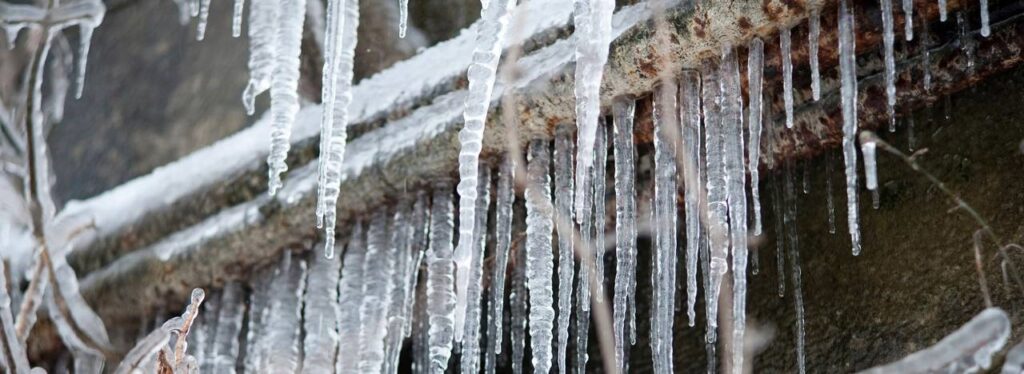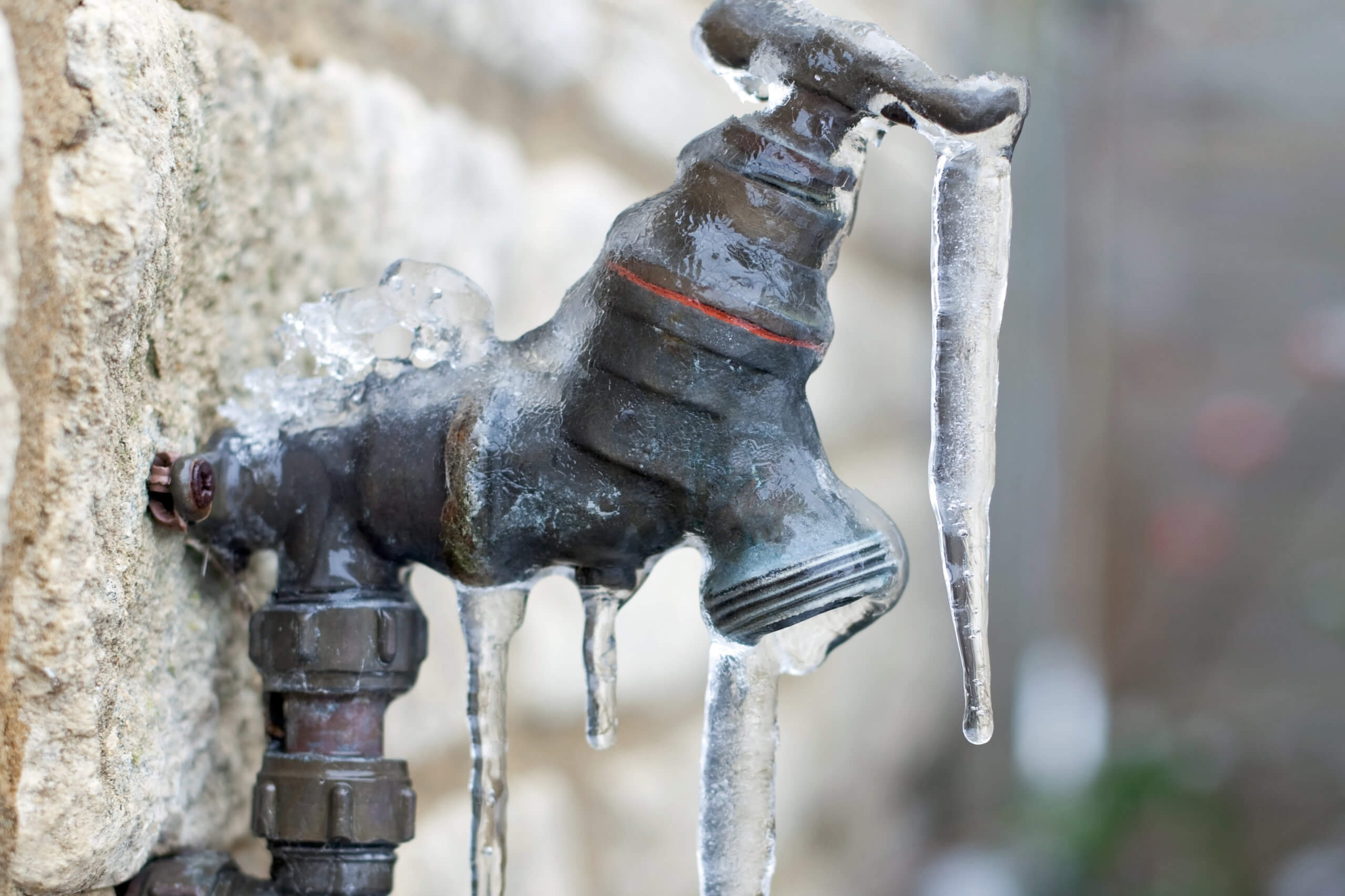How to Protect Pipes from Cold Weather: Professional Advice
How to Protect Pipes from Cold Weather: Professional Advice
Blog Article
Here further down you can locate some wonderful expertise in relation to How to Prevent Your Pipes From Freezing.

Winter can ruin your plumbing, particularly by freezing pipes. Right here's just how to avoid it from taking place and what to do if it does.
Introduction
As temperatures decrease, the risk of frozen pipes rises, potentially bring about pricey repair services and water damage. Comprehending just how to prevent icy pipelines is vital for home owners in cool environments.
Avoidance Tips
Protecting at risk pipelines
Cover pipelines in insulation sleeves or make use of warmth tape to protect them from freezing temperatures. Focus on pipelines in unheated or exterior locations of the home.
Home heating strategies
Maintain indoor rooms sufficiently heated, particularly areas with pipes. Open cupboard doors to allow cozy air to distribute around pipelines under sinks.
How to determine icy pipes
Try to find lowered water flow from faucets, uncommon odors or noises from pipelines, and visible frost on revealed pipelines.
Long-Term Solutions
Structural modifications
Consider rerouting pipelines far from outside wall surfaces or unheated locations. Include additional insulation to attic rooms, cellars, and crawl spaces.
Upgrading insulation
Invest in high-grade insulation for pipes, attics, and walls. Proper insulation aids preserve regular temperatures and minimizes the threat of frozen pipes.
Protecting Outside Pipes
Yard pipes and exterior taps
Separate and drain pipes yard hoses before winter. Mount frost-proof faucets or cover outdoor faucets with shielded caps.
Recognizing Icy Pipelines
What creates pipes to ice up?
Pipes freeze when exposed to temperatures listed below 32 ° F (0 ° C) for expanded durations. As water inside the pipes freezes, it increases, taxing the pipe wall surfaces and possibly triggering them to burst.
Dangers and damages
Frozen pipelines can result in supply of water disturbances, residential or commercial property damage, and pricey repair services. Ruptured pipes can flood homes and create comprehensive architectural damage.
Indicators of Frozen Pipeline
Recognizing icy pipes early can stop them from breaking.
What to Do If Your Pipes Freeze
Immediate activities to take
If you believe frozen pipelines, maintain faucets open up to alleviate pressure as the ice thaws. Make use of a hairdryer or towels soaked in hot water to thaw pipes gradually.
Verdict
Protecting against frozen pipelines needs aggressive measures and fast feedbacks. By recognizing the reasons, indicators, and safety nets, house owners can safeguard their plumbing throughout cold weather.
5 Ways to Prevent Frozen Pipes
Drain Outdoor Faucets and Disconnect Hoses
First, close the shut-off valve that controls the flow of water in the pipe to your outdoor faucet. Then, head outside to disconnect and drain your hose and open the outdoor faucet to allow the water to completely drain out of the line. Turn off the faucet when done. Finally, head back to the shut-off valve and drain the remaining water inside the pipe into a bucket or container. Additionally, if you have a home irrigation system, you should consider hiring an expert to clear the system of water each year.
Insulate Pipes
One of the best and most cost-effective methods for preventing frozen water pipes is to wrap your pipes with insulation. This is especially important for areas in your home that aren’t exposed to heat, such as an attic. We suggest using foam sleeves, which can typically be found at your local hardware store.
Keep Heat Running at 65
Your pipes are located inside your walls, and the temperature there is much colder than the rest of the house. To prevent your pipes from freezing, The Insurance Information Institute suggests that you keep your home heated to at least 65 degrees, even when traveling. You may want to invest in smart devices that can keep an eye on the temperature in your home while you’re away.
Leave Water Dripping
Moving water — even a small trickle — can prevent ice from forming inside your pipes. When freezing temps are imminent, start a drip of water from all faucets that serve exposed pipes. Leaving a few faucets running will also help relieve pressure inside the pipes and help prevent a rupture if the water inside freezes.
Open Cupboard Doors
Warm your kitchen and bathroom pipes by opening cupboards and vanities. You should also leave your interior doors ajar to help warm air circulate evenly throughout your home.

We were made aware of that article about Helpful Tips to Prevent Frozen Pipes this Winter from a good friend on a different website. So long as you appreciated our page please be sure to share it. We value reading our article about How to prepare your home plumbing for winter weather.
Call Today Report this page